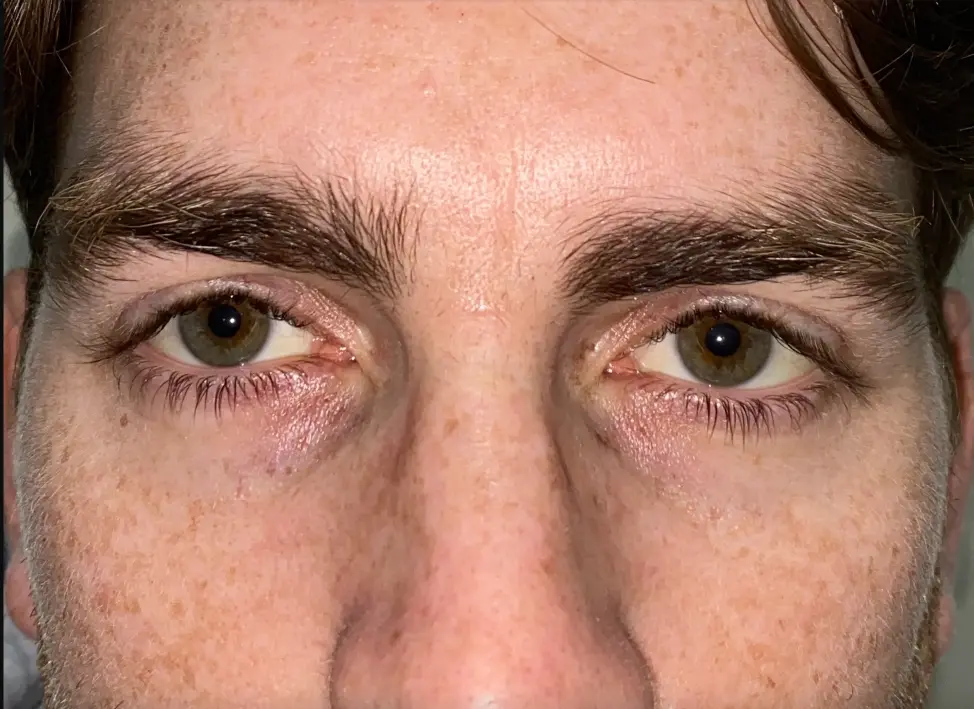Drooping or falling of the upper eyelid: All about ptosis
Why does ptosis (a droopy eyelid) happen?
Usually, ptosis develops as a result of gradual disinsertion of the muscle responsible for upper lid lifting (the levator muscle) from the eyelid lid platform (the tarsus), which gives the eyelid its contour.
The main reason for levator muscle disinsertion is involutional (age-related). Sometimes, chronic mechanical rubbing, like in the case of patients wearing contact lenses, could also cause ptosis.
If ptosis appears at birth, it is classes as congenital ptosis, and this is usually due to poorly-developed levator muscles rather than disinsertion.
Does ptosis happen suddenly or gradually?
In case of sudden ptosis without lid swelling, this could be related to nerve palsy (the third nerve), which needs to be dealt with urgently.
Does ptosis usually affect one or both eyes?
It usually affects both eyes to a different degree, however the less-affected eye might appear normal due to compensated frontal muscle action that a patient would be using to lift the eyelids.
In case of nerve paralysis, it is usually one side.
What happens if ptosis is left untreated?
In early stages, ptosis might be asymptomatic and as the condition worsen, the patient would start to notice the abnormal eyelid shape with droopy eyelid and hollowness between the brow and the upper lid margin. As the case worsens, the visual fields start to be constricted superiorly (in or to a more superior position or direction), especially when reading, as the upper eyelid covers the visual axis.
What happens if ptosis is left untreated?
In early stages, ptosis might be asymptomatic and as the condition worsen, the patient would start to notice the abnormal eyelid shape with droopy eyelid and hollowness between the brow and the upper lid margin. As the case worsens, the visual fields start to be constricted superiorly (in or to a more superior position or direction), especially when reading, as the upper eyelid covers the visual axis.
What surgical treatments fix ptosis?
Surgical treatment for ptosis is highly successful and it involves reinserting the levator muscle back to the tarsus, and that could be achieved from the skin, especially when the ptosis surgery is combined with blepharoplasty to remove excess redundant skin from the upper lid.
Also, the surgery could be done from the inside of the eyelid to avoid skin scar.
Congenital ptosis is treated by connecting the upper-lid platform to the frontal muscle or shortening the levator muscle.
Which ptosis treatment is most effective?
Surgical treatment is the ultimate treatment for ptosis. Both anterior approach (from the skin) or posterior approach are equally effective in treatment for involutional age-related ptosis.
Ptosis surgery start from £3,500 per eye and £5,500 for both eyes.


